This is the story behind the “invention” of the famous dual lined kite trick the Axel, written by the “inventor” himself, Steve Thomas.
This article was also published on AERIALIS-DOT-COM on November 2nd 2003.
HISTORY
I started doing a move I called the “Axel” in the 92′ season. This move consisted of, in light wind, moving toward the kite while the kite is flying downward, thus “flattening out” the kite. While in this flattened position, carefully popping the left or right line to make the kite spin around while in this position. I later learned to do a “double axel” with this technique? which consisted of the kite spinning around 540 degrees. Doing this move in competition had a major drawback–in more than, say. 5 MPH of wind, the move didn’t work–you couldn’t run fast enough towards the kite to get it to flatten out. Consequently, only a few of my routines in the 92′ season contained this move.
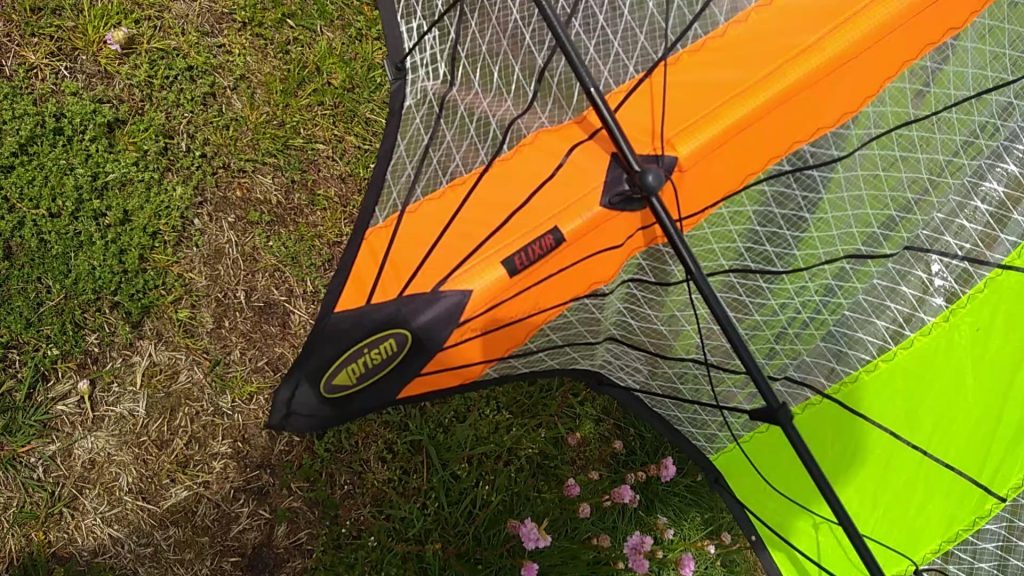
About the middle of the 92′ season, I started trying to do the move in Wind. I noticed that if I really jerked around the lines a lot while the kite was in a stall. The kite would pop out of the air–and sometimes “flatten out”. I spent a lot of time trying to figure out how to control the kite’s popping out of the air–without ending up with a tangled mess. This process took quite a while; at Berkeley 92′, I almost put the first “pop axel” (as I called it) into a routine. Unfortunately, the move just wasn’t 100% (it was more like 75% at that time), and the move has a pretty ugly failure mode (if you miss it, you have a tangled mess–not real pretty in a Master’s class Choreographed routine).
By early this year, I had the “pop axel” down to a science, and was able to teach people how to do it.
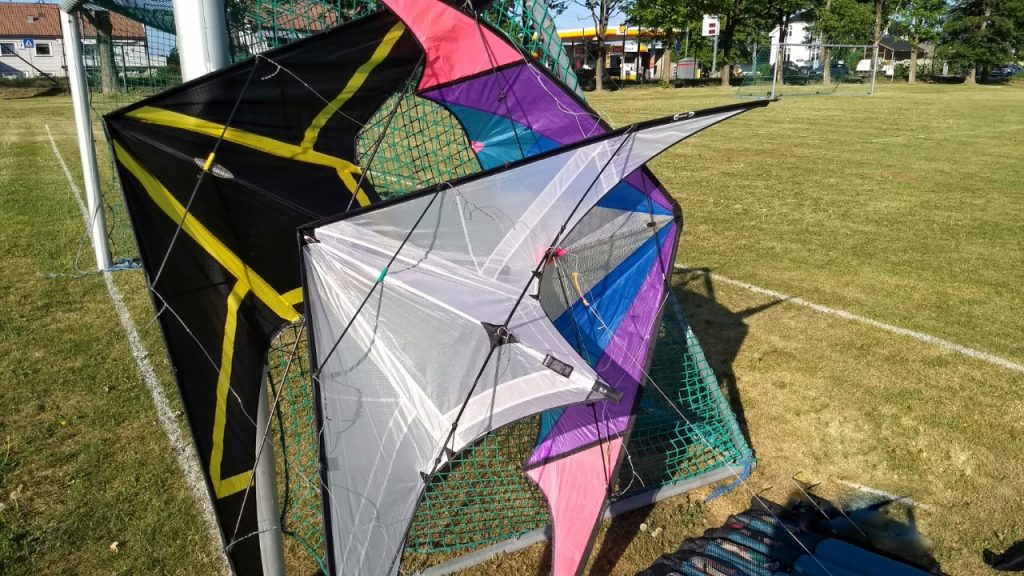
Well, here on the Left Coast, the move has caught on like wildfire. Everybody, it seems -needs- to do this move. This came as something as a surprise to me, since my old “axel” move, although it got a lot of looks, didn’t really catch on. Everybody’s doing it, and the move has been renamed–for convenience sake–to simply the “axel” (nobody does the “old axel”–or what I now call the “flat axel”–so the simpler name stuck).
THE MOVE
I’ve taught many, many people how to do this move, and I’ve found that some people catch on quickly, and some take a while (Scott Auchenbau could hardly do the move even after at least an hour of patient drilling [last time I saw HP, Scott was in fact doing the move–I’m sure I’ve taught this move to him/them at my own competitive peril 🙂 ]).
Some kites are much better suited for the move than others. Kites that “oversteer” are often–but not always–apt to do it better. More stable kites, such as the Stinger. the NSR, Big Brother. Phantom. etc. will do the move, but don’t like to very much.
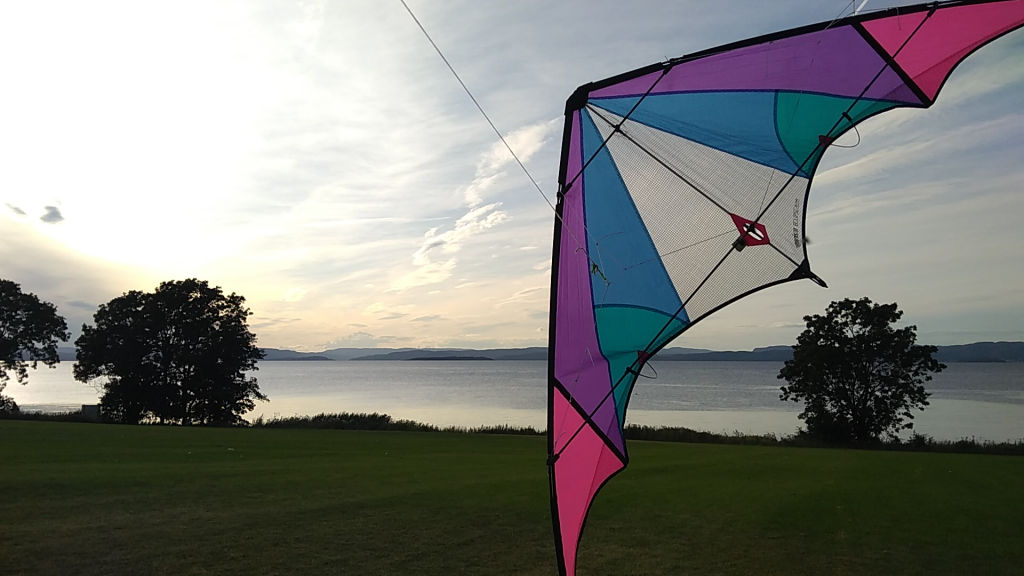
In competition (here comes a plug), I fly the XTC by Buena Vista Kite Company, San Francisco. The XTC does this move better than any other kite I’ve ever flown. The only kite I’ve ever done a “double axel” with is the XTC and the XTC X-10 (10-foot “team kite” version of the very radical XTC). Other kites that are easier to do it with are Prism’s Eclipse, the UP Warrior, and–although I’ve never tried one myself–I’ve heard that Jordan Air’s Pro can do the move quite well.
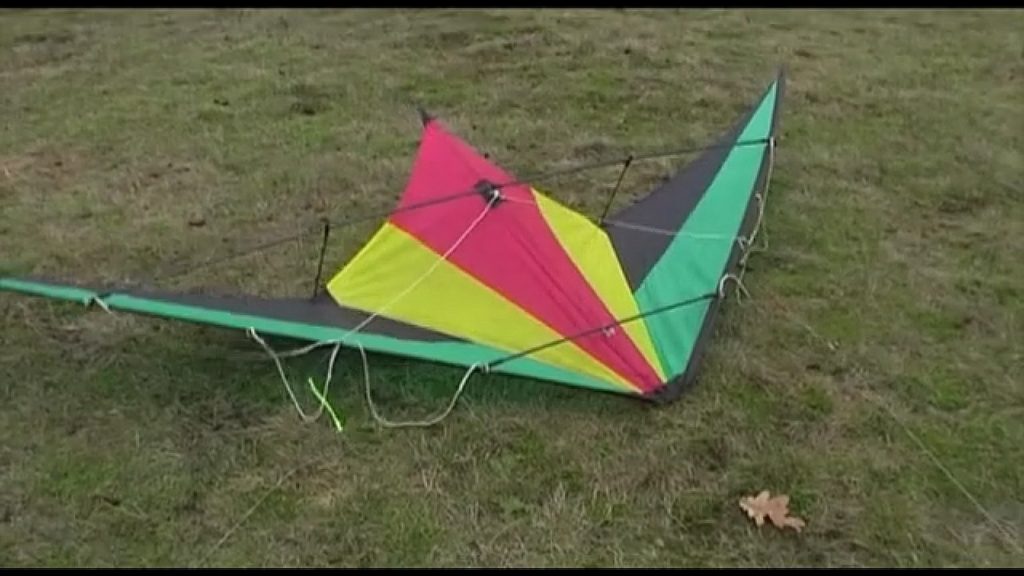
The move starts in a Stall. Note the capital ‘S’. The most important thing for a good axel is to start in a good Stall. You need to be in a Stall that you can keep for at least 5 seconds. The reason for this is that the entire move is performed -in- the stall. If the kite is out of “stall mode” at any time during the move, it doesn’t work.
So, step one is to Stall your kite, and learn to keep it there for a “long time”.
Next, while in the stall, push out with your left hand, while your right-hand stays PERFECTLY STATIONARY throughout the move.
Next, “pop” your left line by quickly pulling your left hand and then PUTTING IT BACK TO ITS ORIGINAL POSITION (i.e. pushed out). While doing this, KEEP THE KITE STALLED–RUN TOWARDS THE KITE IF YOU NEED TO, DON’T PULL BOTH LINES.
The “popping” action of the left hand will provide the momentum to spin the kite around.
Last, steady the kite–the move looks the best when it starts and ends in the same place.
(The ALL CAPS instructions are the things that I’ve noticed people tend to find counter-intuitive when first learning this move).
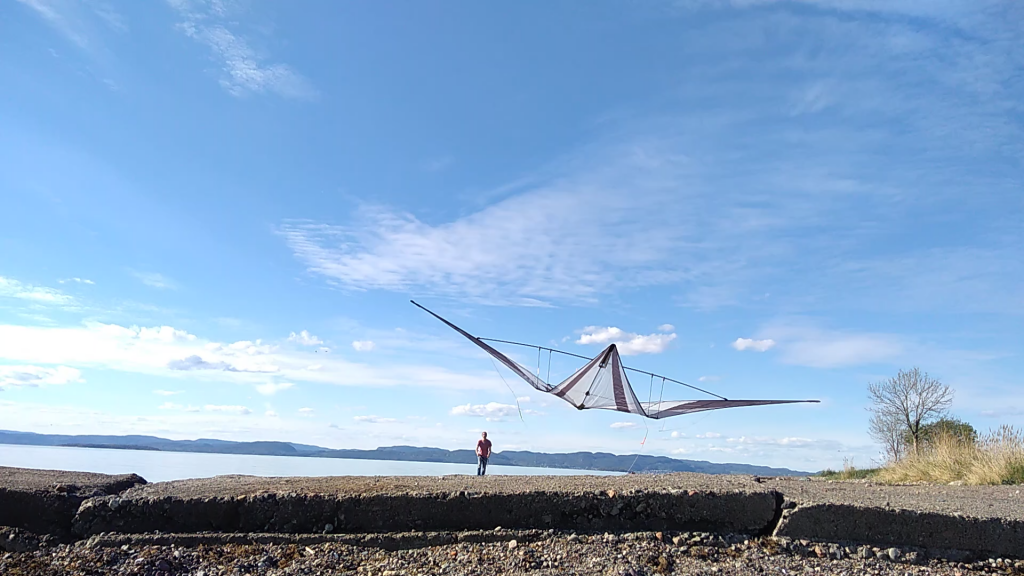
RELATED MOVES
Since first perfecting the Axel, I’ve kept moving. It’s also important to note that the rest of the “Berkeley School of Flying” (“BSF”–another plug), has also been taking this move into new territory. Many new moves that are “axel-based” are happening on the ground. This consists of starting the motion, not in a stall in the air but stopped on the ground–on one tip or another.
Miguel Rodriguez (maker of the “Berkeley Wasp”-yet another plug) came up with a move he calls the “coin toss” where the kite starts on the ground with both tips down, pops into the air doing a 360, and then lands back in the same place (Miguel developed his move partially concurrently with mine, but the “class of moves” is the same).
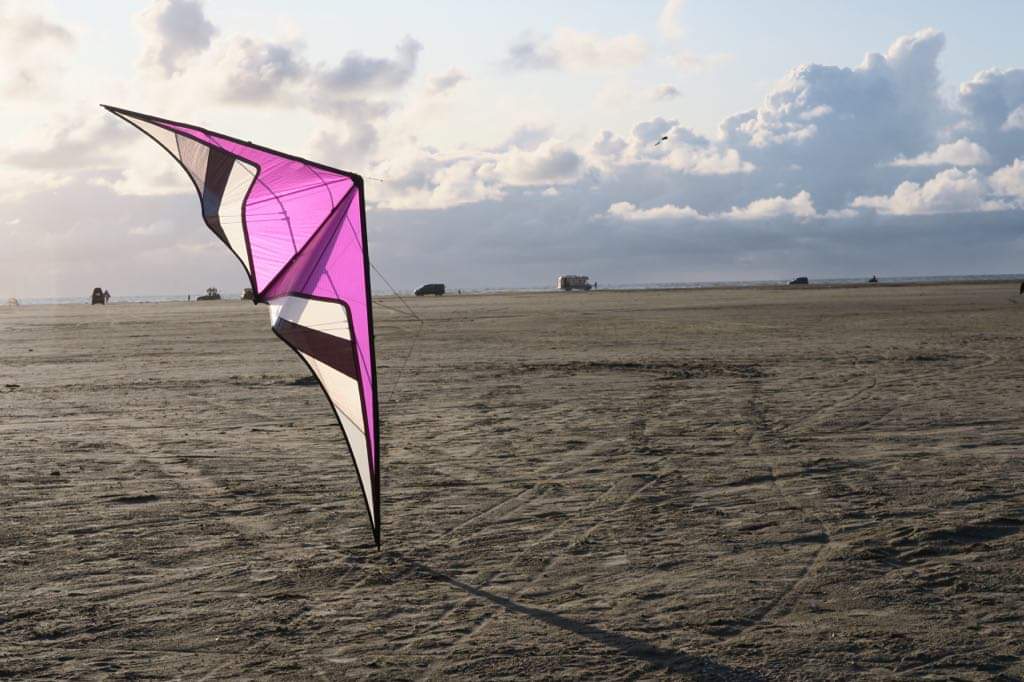
Another frontier is the obvious one: double axels, triple axels. I did the first double axel in a choreographed routine in front of people at the World Cup a few weeks ago. The double axel is not to be confused with a “1+1” axel when the kite gets popped again in the middle. A true double relies solely on the momentum from the first popping action, and the kite remains completely flattened throughout the move. This move very much relies on a very “slippery sail”, and I’ve only accomplished it with the two XTCs. (The Jordan Air Pro might be a candidate. but kites with “winglets” tend to aerodynamically spin themselves upright during the first turn, and won’t continue to spin on their bellies).
The Triple Axel is still on the horizon for me. The only way I’ve accomplished it–and I’ve only pulled it off a few times–is a “2+1” kind of action. The kite remains spinning on its belly, but you need to give it another Pop at the right time to keep it spinning. (This is real hard). Again, the kite should never pop back out off of its belly or even start to–this would be a (1+1+1) axel (a good exercise, perhaps, but not a true double/triple axel).
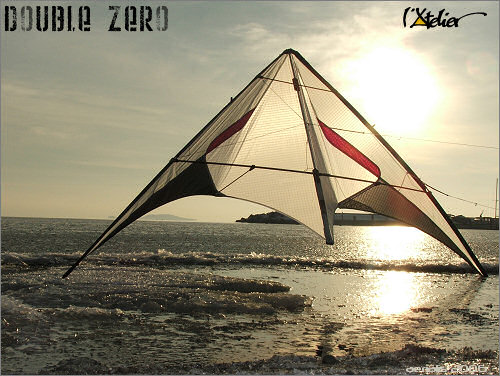
Flying indoors is excellent Axel practice. Indoors, the “axel” action is actually the best way to turn a wing, since you’re on such short lines and your space is limited. Also, the Axel can be accomplished at any place in the (dome-shaped) flying window–even directly above you (this is really neat).
Steve Thomas …”




